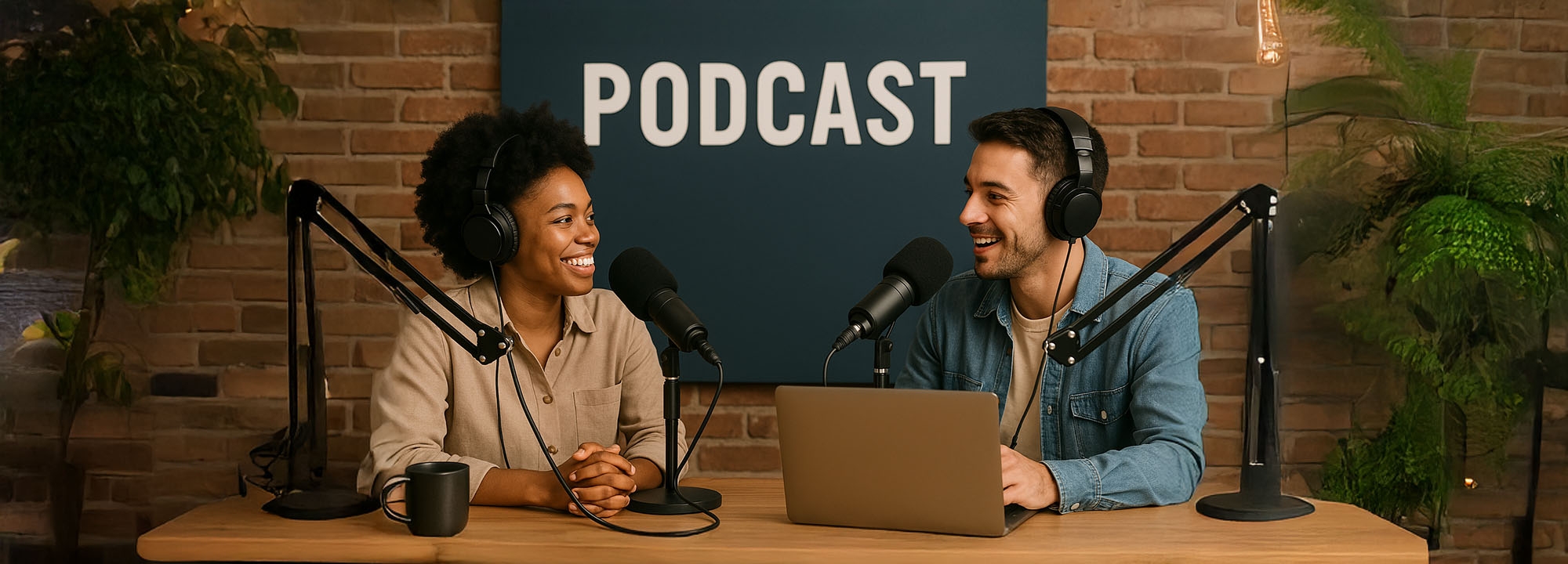How To Start A Podcast .
Best Podcast Equipment for Beginners
Starting a podcast is an exciting journey, and choosing the right equipment is one of the first big steps. Fortunately, you dont need to break the bank to set up a professional-sounding podcast from your home or studio. The key is knowing which pieces of gear are essential and which ones can wait until you upgrade. This guide outlines the best podcast equipment for beginners so you can launch your show with confidence and quality.
1. Microphone: The Heart of Your Setup
The microphone is the most critical piece of podcasting equipment. For beginners, a USB microphone is often the best choice due to its plug-and-play simplicity and affordability. The Blue Yeti is a top pickit offers excellent sound quality, multiple pickup patterns, and intuitive controls. Another great option is the Samson Q2U, which features both USB and XLR outputs. This gives beginners the flexibility to upgrade to a more professional setup later without needing a new mic.
2. Headphones: Monitor Your Sound
Monitoring your audio as you record is essential, and that's where a good pair of closed-back headphones comes in. They help prevent sound bleed into your microphone and allow you to catch background noise or audio issues. The Audio-Technica ATH-M20x or Sony MDR-7506 are industry favorites for their comfort, durability, and clear sound profile. For podcasting, its best to avoid wireless or Bluetooth headphones due to potential latency issues.

3. Audio Interface: Step Up Your Sound
If you choose an XLR microphone or plan to upgrade later, an audio interface is necessary to connect your mic to your computer. The Focusrite Scarlett 2i2 is a popular beginner-friendly audio interface that offers high-quality preamps and low-latency performance. It's a bit of an investment, but it opens the door to higher-end sound and professional gear. If you're using a USB mic, you wont need an interface initially.
4. Pop Filter and Mic Stand: Improve Comfort and Clarity
A pop filter helps eliminate harsh "p" and "b" sounds (known as plosives), giving your voice a smoother, more professional sound. These are very affordable and make a noticeable difference. Pair it with a boom arm or adjustable mic stand to maintain a comfortable recording position and reduce desk noise or vibration. The Heil Sound PL-2T or Rode PSA1 are popular boom arm models, but cheaper options like the InnoGear boom arm work well for beginners.
5. Recording and Editing Software: Your Digital Studio
Once your hardware is in place, youll need software to record and edit your episodes. Audacity is a fantastic free option with plenty of tools for beginners. It works on both Windows and macOS, making it very accessible. For a more polished and intuitive experience, Adobe Audition or GarageBand (Mac only) offer more advanced features. Many podcasters also use platforms like Descript, which combines transcription and editing for easy cutting and post-production.
6. Acoustic Treatment: Control Your Environment
You dont need a fully treated studio to start podcasting, but basic acoustic treatment can dramatically improve sound quality. Simple steps like recording in a carpeted room, using curtains or foam panels to reduce echo, and keeping a consistent mic distance can help. Portable vocal booths or reflection filters like the Kaotica Eyeball can also help clean up your sound without needing to soundproof your entire space.

7. Podcast Hosting Platform: Publish Your Episodes
Once your podcast is recorded and edited, youll need a place to host it. Hosting platforms store your audio files and distribute them to directories like Apple Podcasts, Spotify, and Google Podcasts. Buzzsprout, Podbean, and Anchor (now Spotify for Podcasters) are all beginner-friendly options. Look for a platform that offers analytics, monetization features, and easy integration with podcast directories.
8. Extras That Can Help
As you gain experience, there are a few additional items worth considering. A portable digital recorder like the Zoom H5 is great for recording interviews on the go. A second microphone and extra XLR cables can be helpful for guest episodes. Shock mounts to reduce vibration, and audio plugins to enhance your voice tone or reduce noise, can take your production to the next level when you're ready.
Start Simple, Grow Over Time
The best podcast equipment for beginners is gear that balances affordability, ease of use, and quality. Start with a solid USB mic, good headphones, and basic editing software. As your podcast grows, you can expand your setup with better microphones, interfaces, and studio accessories. Remember, great content and consistency matter more than having the most expensive gear. Focus on your message and audience, and let your equipment grow with your show.
